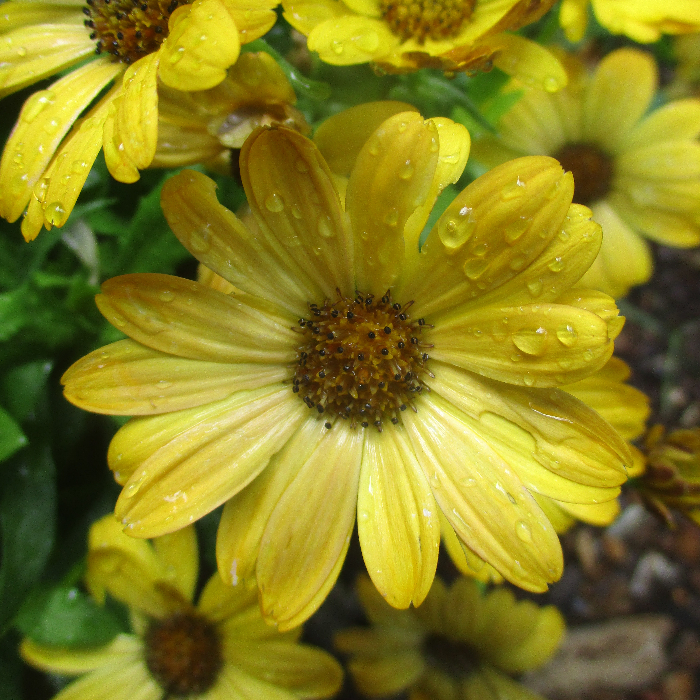UNITED STATES—Flowers produce seed. That is their priority. Flowers that do not rely primarily on wind for pollination are colorful and fragrant merely to attract pollinators. They deteriorate as seed develops after pollination. Many flowers finish bloom between summer and autumn. This can generate an abundance of true to type seed to potentially collect for the next season.
Seed of most wild plants is naturally true to type. That means that it generally grows into plants that are genetically and physically very similar to the original plants that produced it. Genetic aberration is rare. Unless such aberration is an asset, such as floral color that pollinators prefer, it dissipates within a few generations. This likely continues indefinitely.
Many popular plants are simple varieties of wilder plants. These varieties are products of selection rather than breeding. Although technically true to type, their progeny can revert to wilder versions of their species, possibly within their first generations. White California poppy, without culling, reverts to genetically stable orange within only a few generations.
Reversion is a consideration but not necessarily a deterrent to seed collection.
Of course, the transition from white to orange California poppies might not be a problem. Likewise, basic and exclusively yellow and orange nasturtium may be no less appealing than predecessors with more elaborate color. Potential reversion may not dissuade seed collection. Money plant, rose campion, white phlox and campanula are true to type.
Many other popular plants are cultivars, which are cultivated varieties. Most cultivars are not true to type, so are reliant on vegetative propagation for perpetuation. Therefore, they are clones that are genetically identical copies of their original single parents. Almost all exhibit desirable characteristics that do not transmit reliably to seed, such as variegation.
Cultivars may be genetically unstable because of extensive breeding, or sterile because of hybridization. Canna exemplifies both categories. Most cultivars with lavish bloom are mostly sterile hybrids. Their seed is rare and unpredictable. Cultivars with modest bloom produce seed profusely. Although also potentially unpredictable, much of it is reliably true to type.
Highlight: African Daisy
Old fashioned trailing African daisy was becoming too common by the time it succumbed to the Big Freeze just prior to Christmas of 1990. Shrubbier and more colorful cultivars of hybrids with similar species, particularly Osteospermum ecklonis, are now more popular. Such hybrids mostly lack species designation because their lineage is very complicated.
Mature specimens do not grow much wider than two feet, and do not migrate as efficiently as old fashioned trailing African daisy. Since they are hybrids, they do not produce viable seed either. However, if pressed into damp soil, peripheral stems generate roots to grow as new plants that extend the collective width. They also replace deteriorating old plants.
Sporadic bloom may be almost continuous between a few profuse phases, with the most profuse phase between winter and spring. Only the coolest and warmest weather inhibit bloom. It can be difficult to shear overgrown plants between phases without ruining a few flowers. Floral color is pastel hues of purple, lavender, red, pink, orange, yellow or white.
Tony Tomeo can be contacted at tonytomeo.com.






